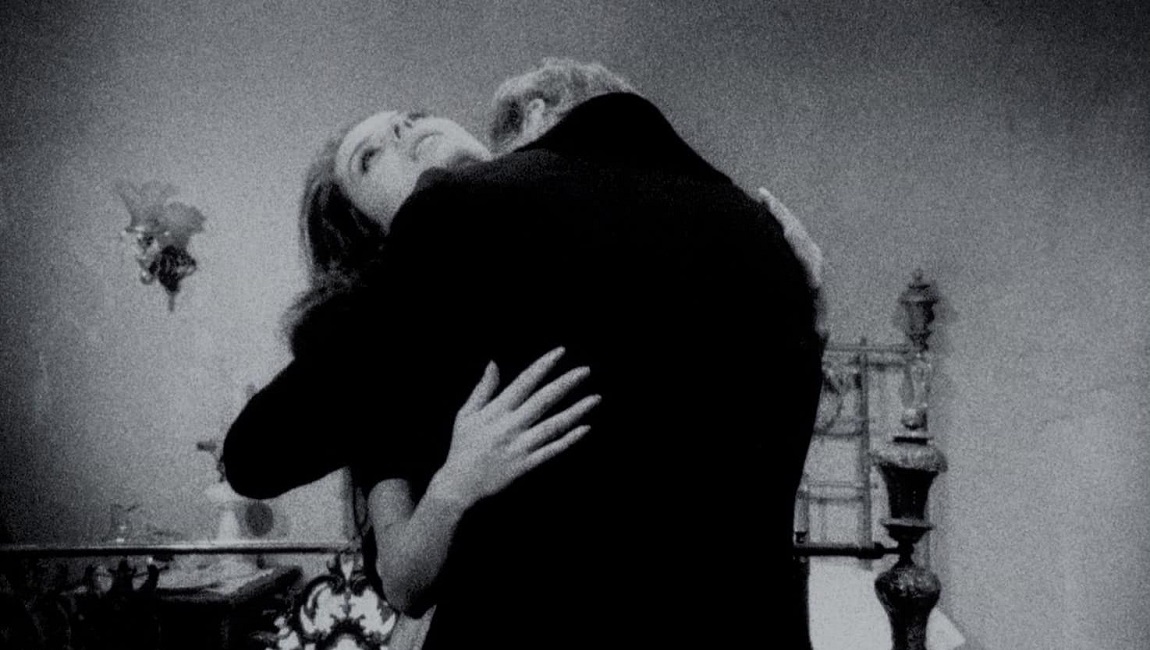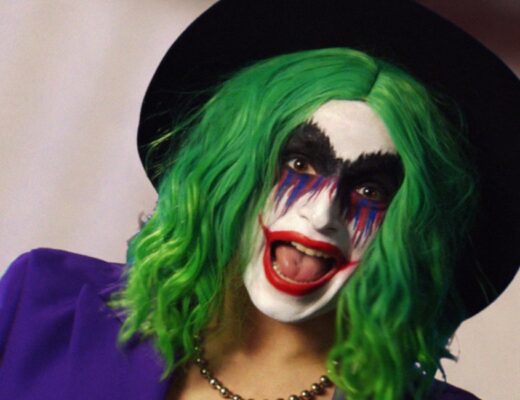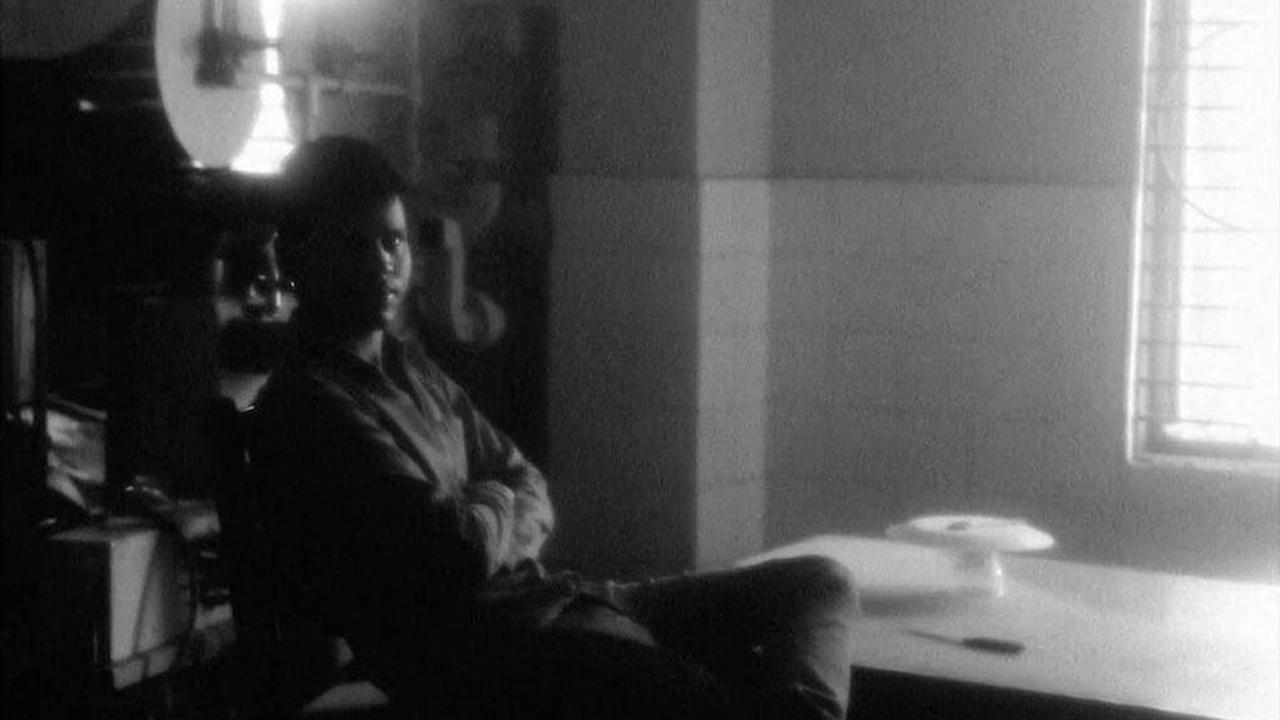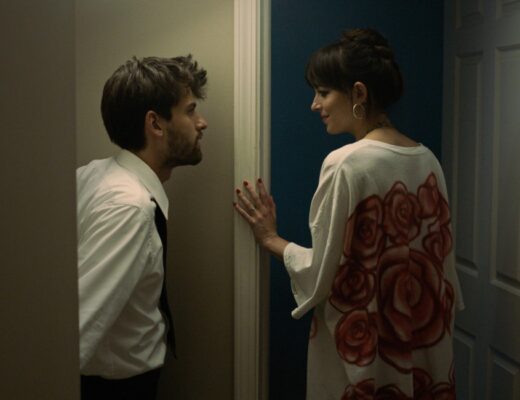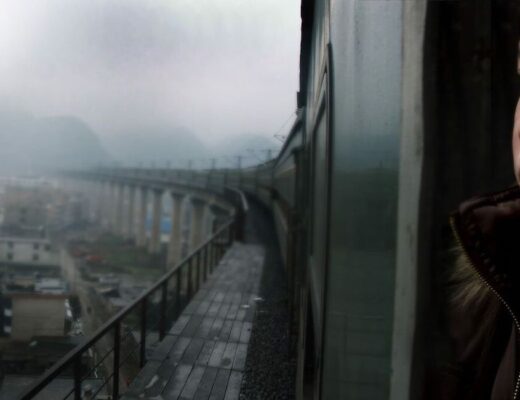In a 2006 article for the online magazine Senses of Cinema titled “Mapping Catalonia in 1967: The Barcelona School in Global Context,” Rosalind Galt attempts to situate the (at the time relatively forgotten) Spanish avant-garde movement as an integral part of a remarkable decade of political and artistic upheaval. In Galt’s telling, the Barcelona School becomes part of a fluid continuum along with Italian Neo-Realism, the French & Czech New Waves, Roland Barthes & Luis Buñuel, and a dash of surrealism, all of these influences and aesthetic modes coalescing into a pointed, organized group of filmmakers determined to subvert mainstream Spanish cinema as it was then being produced under the regime of dictator Francisco Franco. At the forefront of the Barcelona School, and arguably the best known of the artists here in the United States thanks to enthusiastic cheerleaders like Jonathan Rosenbaum, was Pere Portabella. Portabella is a fascinating figure, generally disinterested in film as a discipline (he has pointedly declared over the years that he is not a cinephile, nor directly influenced by other filmmakers) yet capable of producing several feature length masterpieces and a bevy of remarkable short films. His is a career deeply concerned with the politics and ethics of image making. Before embarking on his own films, Portabella acted as a producer through his Film 59 production company, shepherding such projects as Buñuel’s controversial Virdiana and early films from Carlos Saura and Marco Ferreri. After Generalisimo Franco’s death in 1975, Portabella became a senator in the first democratic elections in the country and had a hand in constructing Spain’s first Constitution.
But how to think differently about the poetics of images? As Galt writes, “Marcel Oms argued that neorealism had been a crucial model for Spanish cinema because it came from the fight against fascism. This idea marks a key political difficulty for the Barcelona School in the Spanish historical context: debates on the politics of film form centred (sic) on a binary of reality versus propaganda. The anti-fascist example of Italian neorealism provided the impetus to cast anti-Francoist filmmaking in similar terms. For the Barcelona filmmakers, however, such direct witnessing was exactly what Francoism made impossible… the School found it pressing instead to demonstrate the impossibility of representing the truth of Spain, or even of telling a story about it.” Portabella’s first three features — Nocturne 29 (1968), Vampir–Caudecuc (1971), and Umbracle (1972) — represent an artist grappling with new aesthetic forms and wrestling with narrative to find something more elusive, more truthful, than simple entertainment, while also smuggling in politics under the harsh censorship of the Franco regime (Portabella was punished for his involvement with Buñuel’s film, and his features are full of implicit political provocations; Nocturne 29 refers to the number of years Franco had been in power up to that point, while Umbracle features dialogue in Catalan, a language outlawed under Franco).
Cuadecuc, vampir, an audacious yet simple experimental film, began life as a behind the scenes making-of documentary of Jess Franco’s 1970 film Count Dracula. But it also functions as a kind of shadow version (or inversion) of both the Franco film and the Bram Stoker story. It remains Portabella’s most well-known film, likely because of its relatively straightforward genre classification. Franco’s film stars Christopher Lee as the famous vampire, along with other familiar faces like Klaus Kinski and Herbert Lom. Portabella’s film does indeed showcase the making of this European/Spanish co-production, but manages to simultaneously comment upon and undermine it. Lee’s ghoul becomes a stand-in for the Spanish dictator, a haunting specter that moves through the city in a halting, arrhythmic cadence. There’s no dialogue or sound effects in the film (with one notable exception), merely an experimental soundscape courtesy of Carles Santos (a key Portabella collaborator) that adds to the otherworldly ambiance of the film.
Here, we might speak of the uncanny; that is, as Mark Fisher has elucidated, “the strange — not the horrific.” Most interesting is Fisher’s idea that “the form that is perhaps most appropriate to the weird is montage — the conjoining of two or more things which do not belong together.” Indeed, Cuadecuc, vampir is a marvel of dissociative editing, a strange facsimile of a film. The stark, blown-out black-and-white images invoke the aesthetic of the xerox copy, not in the sense of being an exact replica but the opposite — a degraded version that has broken down into divergent highlights of bright whites and deep, solid blacks. Essentially, Portabella is suggesting a new way to view a familiar narrative, using a recognized framework — already filmed numerous times in various ways over many decades — to then strip it down into a barely coherent simulacrum of a standard horror movie. It’s a remarkable work, elusive and evocative in its imagery. Following Brecht, the filmic apparatus is laid bare, as Portabella captures lighting rigs, the liminal spaces behind false walls, and even the strings attached to the fake bats fluttering outside the windows. Anyone with even the faintest familiarity with the Dracula story can piece together the broad strokes — Mina and Jonathan Harker are here, as is Van Helsing. It invites an active viewer, as the audience attempts to follow along with the sketch that Portabella presents.
Eventually, there is one scene at the end of the film where Christopher Lee speaks. He reads aloud a passage directly from Stoker’s text, detailing Dracula’s unceremonious death at the end of the novel. It would have been fairly clear to audiences at the time that Portabella is surreptitiously commenting on Franco himself, who in 1969-1970, at the time of filming, was already quite elderly and in declining health. Essentially, Portabella suggests that the dictator is going to pass with a whimper, and his regime will come to an ignominious end much as Dracula is summarily dismissed from the novel. It would take a few more years, but Portabella’s prediction came true in 1975. Portabella has only completed three features since 1990, but his work from the ’60s and ’70s is more than enough to enshrine him in the pantheon of the greats.
Part of Kicking the Canon – The Film Canon.

